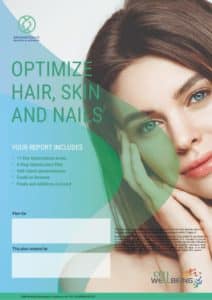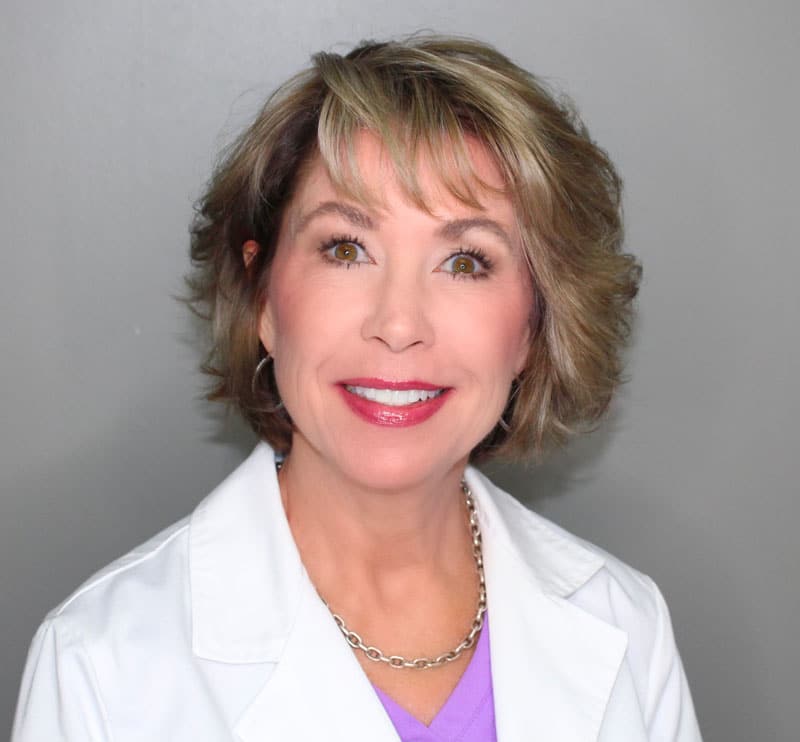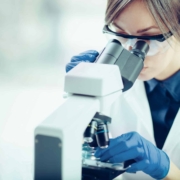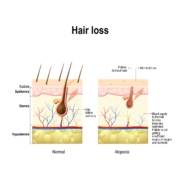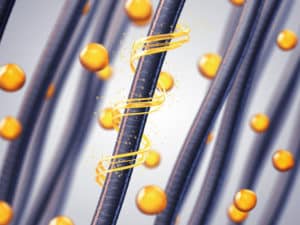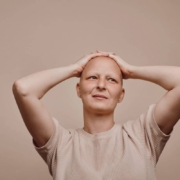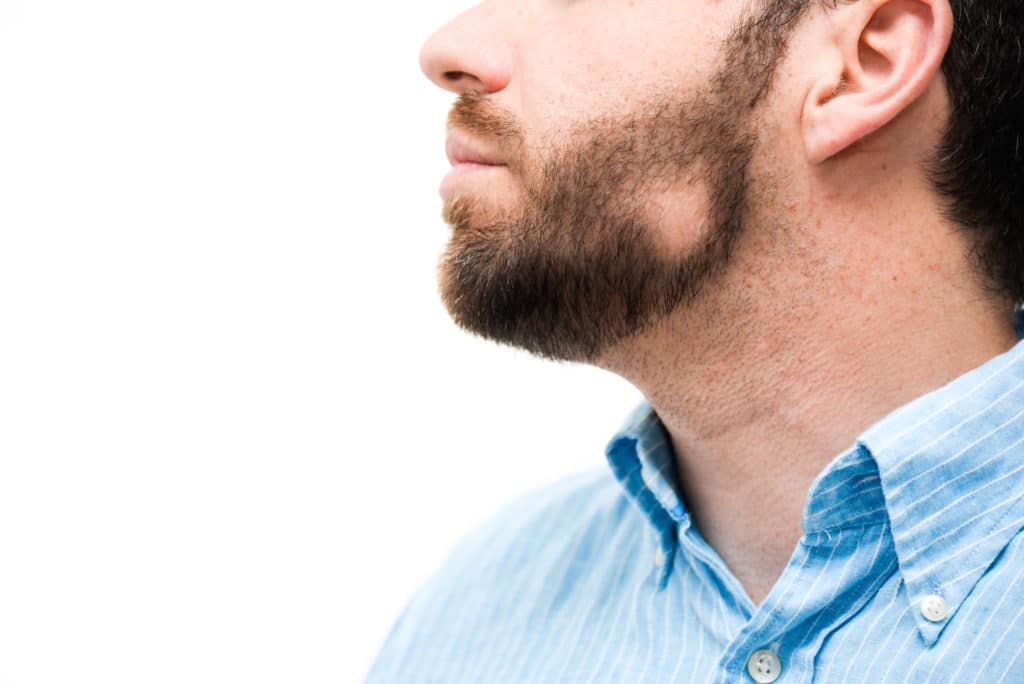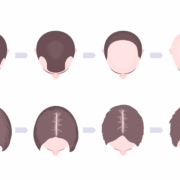Blog Series: Help Your Hair Loss & Scalp Irritation The Natural Way
Part One: Amino acids

Surely you have heard of amino acids. Remember, we learned about it in middle school science! As a review, amino acids are molecules that create protein when combined and are considered the building blocks of our existence.
The human body needs amino acids. In addition to being necessary for survival, they are extremely important for the health and condition of your hair and scalp. Collagen, elastin, and keratin are the fundamental protein elements that make up a healthy scalp and hair. Collagen binds the scalp tissue and hair follicles together.
Collagen: The vital amino acids for collagen production are lysine, glycine, and proline. Lysine absorbs calcium aiding in the formation of collagen and is thought to able to prevent conversion of testosterone into DHT. Dihydrotestosterone (DHT) is the leading cause of male pattern baldness. Glycine is essential for collagen production. It is also able to protect the body from nerve ailments that cause hair loss. Proline aids in maintaining muscle tissue and aids in collagen synthesis.
Elastin: Over 70 amino acids create elastin. It aids in the vitality of the hair and scalp like collagen. It gives scalp and hair its stretch and elasticity.
Keratin: The abundant amino acid in keratin is cysteine. Cysteine helps to maintain the overall health and strength of the hair.
What do Amino Acids Do?
- Maintain a normal digestive system
- Process food in our stomach
- Provide a source of energy
- Build muscle, grow, and repair tissue
- Maintain vibrant skin, hair, and nails
- Create hormones and neurotransmitters
- Enhance your immune system
Even though your body produces hundreds of amino acids, it needs twenty to function properly. These twenty are divided into eleven non-essential amino acids and nine essential amino acids. The nine essential amino acids can only be received from your nutrition since our body cannot make these aminos.
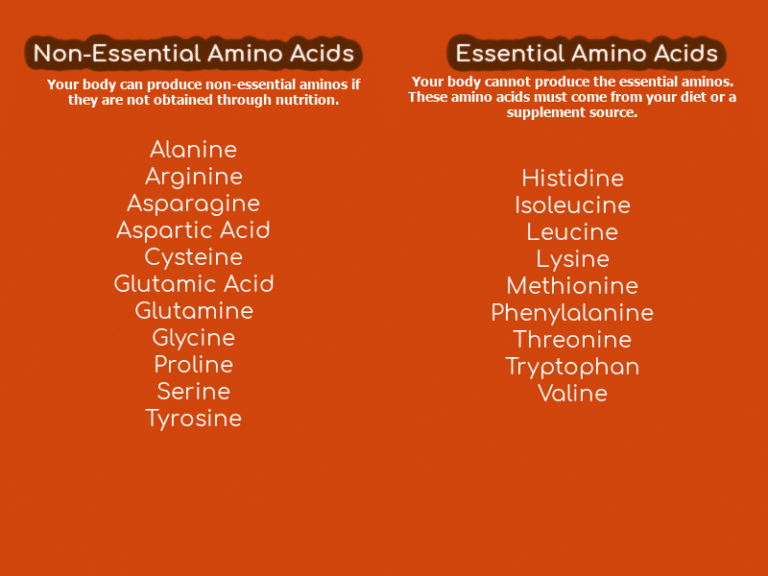
The ideal sources of essential amino acids are animal proteins such as beef, poultry, dairy, and eggs since these proteins are easily absorbed and used by your body. Foods that contain all nine essential amino acids are called complete proteins. It is possible to consume essential amino acids from vegetarian sources like soy, quinoa, spirulina, hemp seeds, chia seeds, and buckwheat. Incomplete proteins are those that contain some of the essential amino acids. These would include nuts and nut butters, seeds, beans, and some grains. A person following a vegetarian or vegan diet would need to ensure they are consuming enough different types of food to get all the nine essential amino acids in their diet.
Ultimate Scalp and Hair Health
Now that we understand how important amino acids are to your diet, we will now consider them for our hair and scalp health. External amino acid use can aid in the overall health of your scalp and hair. Using a scalp exfoliant or scalp mask rich in amino acids can help remove dead skin from the scalp which can be blocking the hair follicles. Stimulating scalp treatments with a medicated scalp mask with added amino acids are an excellent way to nourish the hair and scalp while stimulating blood flow to the follicles!
Hair Follicle Test
How do you know if your amino acids levels are in tune? Which amino acids need improvement in your diet? Our Epigenetic Hair Follicle test includes amino acid indicators in a 30 plus page report that is personalized for you. The new innovative test can be done In-Office or from the comfort of your own home with our At-Home test. In addition to the amino acid profile, our epigenetic test also reveals vitamin, mineral, antioxidants, fatty acids, and environmental stressors, arming you with the knowledge of changes that you can make to improve your overall scalp and hair health.


